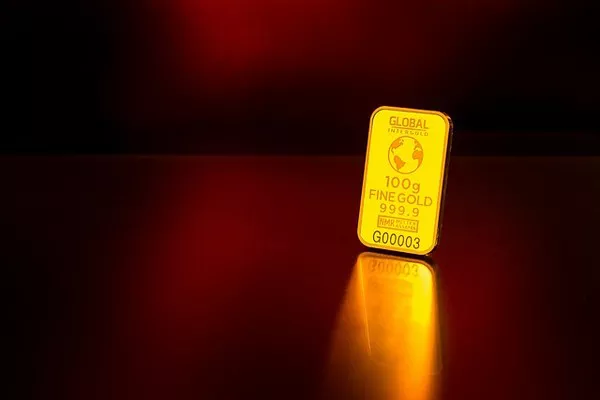In a speech to the Stanford Institute for Economic Policy Research, Gita Gopinath, the First Deputy Managing Director of the IMF, issued a warning regarding the state of global trade. Gopinath highlighted that countries are reevaluating their trading partners based on economic and national security concerns, which could lead to a broad retreat from global trade rules and undermine the gains from economic integration.
The imposition of Western and US sanctions on countries like Russia, Iran, and other emerging markets has contributed to the fragmentation of trade alliances along geopolitical lines. In response, investors and central banks are turning to gold as a safe-haven asset.
The shift away from the US Dollar as the primary medium of international trade by BRICs nations has fueled increased demand for gold as a potential replacement. This trend has driven a surge in non-Western central bank demand for gold, accompanied by a reduction in US Dollar reserves.
Gold is being considered as a stable store of value in international trade deals among nations with volatile domestic currencies, as suggested by the Carnegie Endowment for International Peace.
Gold Price Upside Capped by US Economic Data
Despite geopolitical tensions and trade concerns, the upside potential of gold prices may be limited by recent US economic indicators. Survey data from the Reserve Bank of New York indicates that US consumers expect shop prices to rise over the next year, suggesting that the Federal Reserve (Fed) may need to maintain higher interest rates to curb inflation.
The NY Consumer Sentiment report for April showed an increase in one-year-ahead inflation expectations, surpassing the Federal Reserve’s 2.0% target. These higher real interest rates (interest rates adjusted for inflation) diminish the attractiveness of non-yielding assets like gold, posing a challenge to further price appreciation in the near term.


